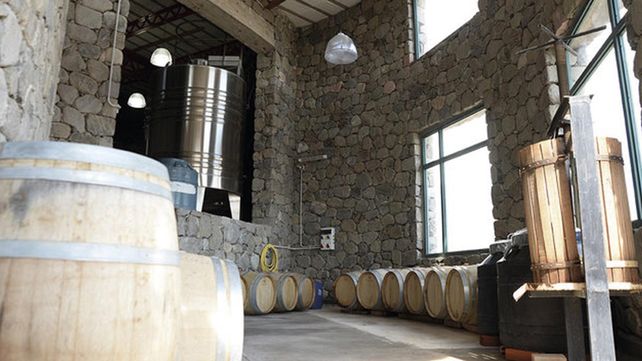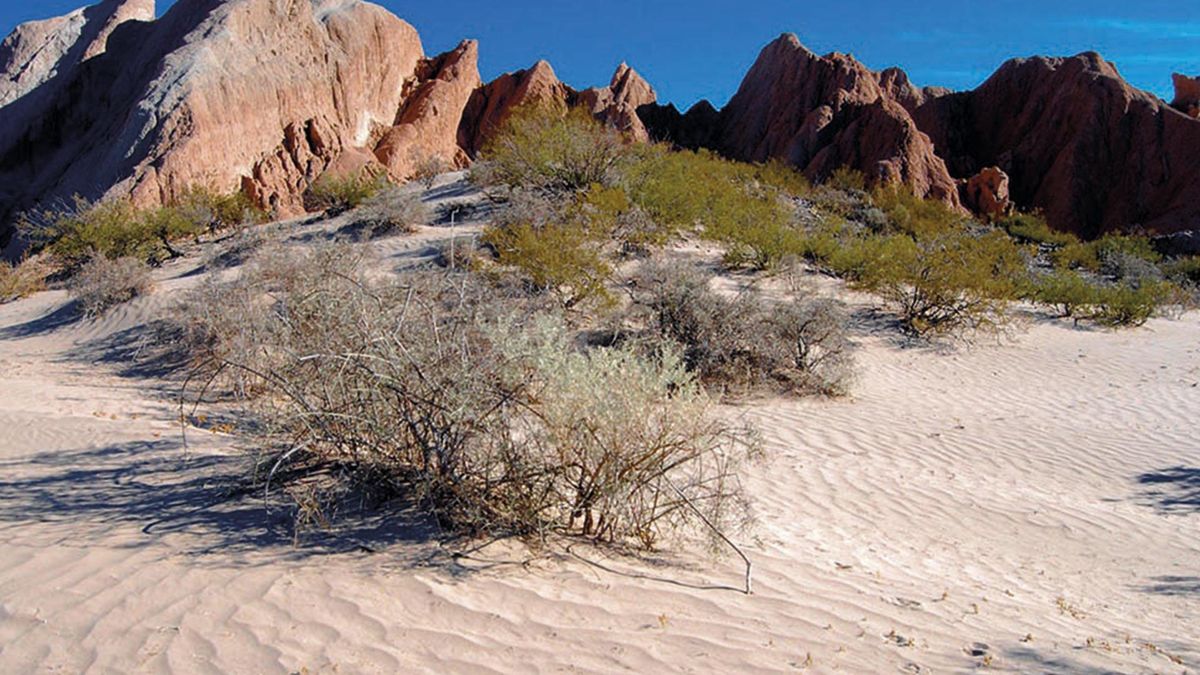Here, gastronomy, the production of tafinist cheeses and rural activities and active tourism are unmissable, such as horseback riding, which can last from two and a half hours to five days, and which allow access through the Calchaquí peaks to San José de Chasquivil , where you rest for two days in Las Queñuas, a stay of two centuries, located between the hills.
tucuman-04.jpg
Photos: Telam
–
Many come to the neighboring town El Mollar, just 15 kilometers away, because there is the “Los Menhires Open Air Archaeological Museum “.
There are fifty carved stones up to three meters high that can weigh about four tons, many call them menhirs and others call them monoliths, which are estimated to date from between 820 BC and 780 AD
Another must-see route is the 50 kilometers that separate Tafí del Valle with Amaicha del Valle for the Route 307, until reaching El Abra del Infiernillo (3,042 masl) and descending the Los Cardones slope, where hundreds of giant cacti that seem to descend from the hill in procession, stand as sentinels on the side of the road until reaching the town.
A dream tour: Amaicha del Valle
Amaicha is one of the magical places, which leads to the route of Route 40 in Tucumán, with old houses with cardón wood lintels over the doors, and where 365 days of sunshine are promised.
Every February the Festival to Mother Earth, a celebration at carnival time, where the town is colored with color and ancestral customs, which takes us to the roots of this northern soil.
tucuman-03.jpg
 –
–
Photos: Telam
–
The Calchaquí valleys were and are a generous territory, fed by minerals from the sandstones, streams, springs and rivers that make this region a site of excellent productions.
This is the reason why the first wineries highlighted their architecture against the backdrop of the mountains and are immersed in the typical landscape of the valleys.
A balanced microclimate and a very pure soil made peppers, fruit trees, small cattle, the sustenance and food of the people of these places.
But, above all, the Tucuman grape for viticulture is today part of the productive avant-garde and an unmissable tourist attraction with the Tucuman Wine Route.
On Amaicha del Valle There is the only Community Winery in South America managed by its native people, which is designed emulating the housing units typical of the pre-Hispanic period.
Following the pircado technique, the enclosures are circular and interconnected, just as the original stone houses outline and even the remains that can be seen in archaeological sites.
tucuman-02.jpg
 –
–
Photos: Telam
–
Currently the winery has two labels with name in Cacán language. “SumajKawsay” (Good Living), and “KusillaKusilla” (Help me, be generous) common expression in the invocation of Pachamama.
The wars calchaquíes and the Diaguita inhabitants of this land can be seen in every stone of the Sacred City of the Quilmes and it is where everyone wants to go when they undertake a tour of the mythical Route 40.
It is one of the most important archaeological sites in the Argentine North, which attracts visitors from all over the world and makes the journey an experience that unites peoples, cultures and histories.
tucuman-01.jpg
 – –
– –
The potters, the textiles, the 4×4 crossings, horseback riding, hiking and the different routes literally reach the sky, because very close, just 24 kilometers from the National Route 40 in Tucumán, is Ampimpa with its astronomical observatory, one of the best for your observation in this 2021.
El Pichao, Talapazo and Colalao del Valle are part of the road universe in these Calchaquí valleys of Tucumán where rural tourism, rural community tourism; wine route, nut producers, artisan sweets and each community opens its doors to offer unique moments full of culture, history and nature.
–


